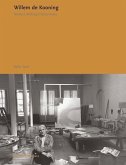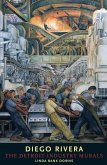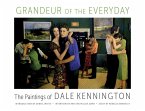Roberta Favis tells the story of the last two decades of the life and artistic career of Martin Johnson Heade (1819-1904), when the peripatetic painter settled permanently in St. Augustine, Florida. Providing generous illustrations in both black and white and color, she reassesses his career and importance by focusing on this late period of his work and looking more closely at his local context and the contemporary issues particular to the state that became his home. The history of Heade's career in Florida is, like many Florida stories, a complicated interplay between the forces of tourism and development and the rich natural beauty of the state. Favis closely examines Heade's relation to the development of tourism in St. Augustine and uses his writings to show his sometimes conflicting attitudes toward development and conservation. He artistically celebrated the beauties of the state being touted as "the new Eden," but he was an active participant in the projects of Henry Flagler to transform St. Augustine into a mecca for northern tourists, while his writings expressed concern that the pristine environment and its inhabitants were already threatened. In words and in pictures, Heade spoke of the vitality, beauty, and the fragility of Florida. Combining his biography, art, and writing, Favis captures and early chapter in the history of art in Florida and brings to light an early and compelling advocate for the preservation of the state's natural riches.







